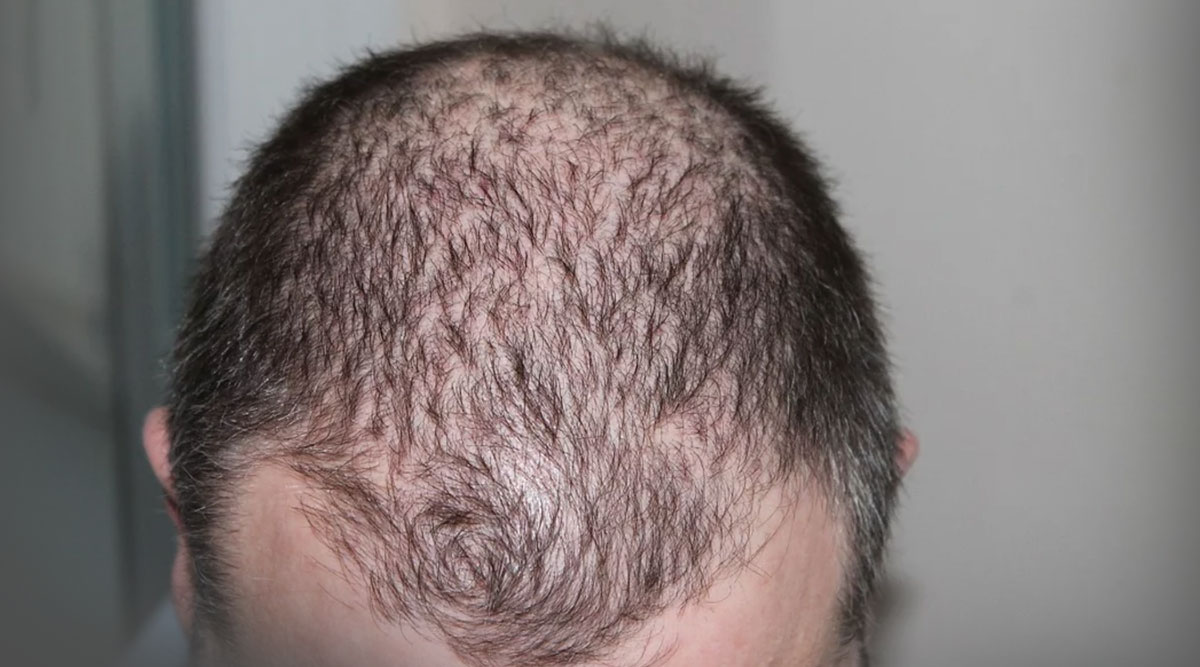Iron deficiency can indeed play a significant role in hair loss, a condition known as telogen effluvium, which is one of the most common types of non-scarring hair loss. The connection between iron deficiency and hair loss stems from iron’s critical role in the body, including hair health and growth. Here’s a comprehensive exploration of how iron deficiency leads to hair loss, the symptoms to watch for, diagnosis, treatment options, and preventive measures.
Understanding the Role of Iron in Hair Health
Iron is a vital nutrient that helps in the production of hemoglobin, a component of red blood cells that carries oxygen to the body’s cells, including hair follicles. Hair follicles require a rich supply of oxygen to remain healthy and sustain growth. When the body is deficient in iron, it prioritizes the supply of oxygen to vital organs, which can lead to a reduced oxygen supply to hair follicles. This reduction can disrupt the hair growth cycle, leading to hair loss.
Symptoms of Iron Deficiency Hair Loss
- Increased hair shedding: More hair strands than usual are found on your hairbrush, pillow, or shower drain.
- Thinning hair: You may notice that your hair volume is decreasing gradually.
- Slower hair growth: Your hair seems to grow more slowly.
- Brittle or dry hair: Hair becomes more fragile and prone to breakage.
Diagnosis of Iron Deficiency Hair Loss
To diagnose iron deficiency hair loss, healthcare providers typically review the patient’s medical history, conduct a physical examination, and order blood tests. The most common tests include:
- Serum ferritin: This test measures the stored iron in your body and is the most specific test for iron deficiency.
- Complete blood count (CBC): To check for anemia and other related conditions.
- Serum iron: This test measures the level of iron in your blood.
Treatment Options
Treatment focuses on addressing the iron deficiency and supporting hair regrowth:
- Iron supplementation: Oral iron supplements can help restore iron levels, but they should be taken under the guidance of a healthcare provider to avoid iron overload.
- Dietary changes: Incorporating iron-rich foods into your diet, such as red meat, beans, lentils, spinach, and fortified cereals, can help improve iron levels.
- Treating underlying conditions: If the iron deficiency is due to an underlying health issue, such as gastrointestinal bleeding or celiac disease, treating that condition is crucial.
Preventive Measures
- Balanced diet: Maintain a diet rich in iron, vitamins, and minerals to support hair health.
- Regular check-ups: Periodic blood tests can help catch iron deficiency early.
- Avoid excessive hair styling: Minimize the use of heat styling tools and harsh chemical treatments that can weaken hair.
Conclusion
Iron deficiency can significantly impact hair health, leading to hair loss. Recognizing the symptoms early and seeking treatment can effectively manage this condition and promote hair regrowth. If you suspect your hair loss is related to iron deficiency, consult a healthcare professional for an accurate diagnosis and personalized treatment plan.
